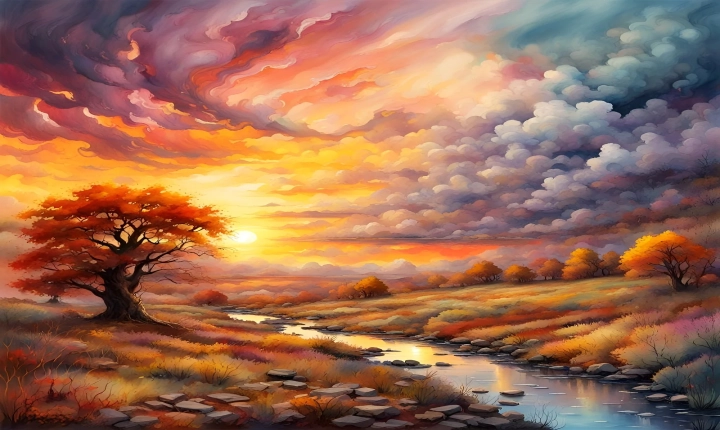Is AI Art Copyrighted?
The intersection of artificial intelligence and art has opened up a plethora of questions surrounding copyright law. As AI becomes more sophisticated in creating original works of art, the question of whether AI-generated art can be copyrighted is garnering significant attention.
First and foremost, it’s essential to understand the traditional principles of copyright law. In most countries, copyright protection is granted to original works of authorship fixed in a tangible medium of expression. This means that for a work to be eligible for copyright protection, it must be the result of human creative expression.
The issue with AI-generated art lies in the fact that it blurs the lines of authorship. When a piece of art is generated by an AI algorithm, there is no human author in the traditional sense. Instead, the artwork is created based on patterns and inputs fed into the AI system, which raises questions about who should be considered the rightful creator and owner of the work.
In some jurisdictions, copyright law explicitly states that copyright protection is granted to works created by a “human author.” This definition excludes works generated by non-human entities such as AI algorithms. This has led to debates about whether AI-generated art is deserving of copyright protection at all.
On the other hand, proponents of copyright protection for AI art argue that the creative input and decision-making involved in the development of the AI algorithm can be attributed to its human creators. They argue that the human input in designing the algorithm and curating the inputs for the AI system should be considered as an act of authorship, thus making the resulting art eligible for copyright protection.
Some legal scholars suggest that a possible solution to this conundrum could be to introduce a new category of copyright protection specifically for AI-generated works. This would acknowledge the unique nature of AI-created art while still providing a framework for protection and ownership.
Another consideration is the use of AI-generated art in commercial applications. If AI art is not granted copyright protection, it could be freely copied and used for commercial purposes, potentially depriving the original creators of any financial benefits or recognition for their work.
As the legal and ethical implications surrounding AI-generated art continue to evolve, it is clear that the current copyright framework is in need of updates to accommodate the emerging challenges posed by AI. The question of whether AI art is copyrighted remains a complex and contentious issue, and it is one that will require careful consideration and debate to ensure that the rights of creators and the advances in AI technology are appropriately balanced. It is essential for policymakers, legal experts, and the art community to come together to address these issues and develop a framework that promotes innovation while preserving the rights of creators in the digital era.
